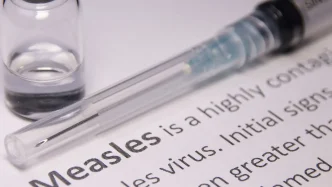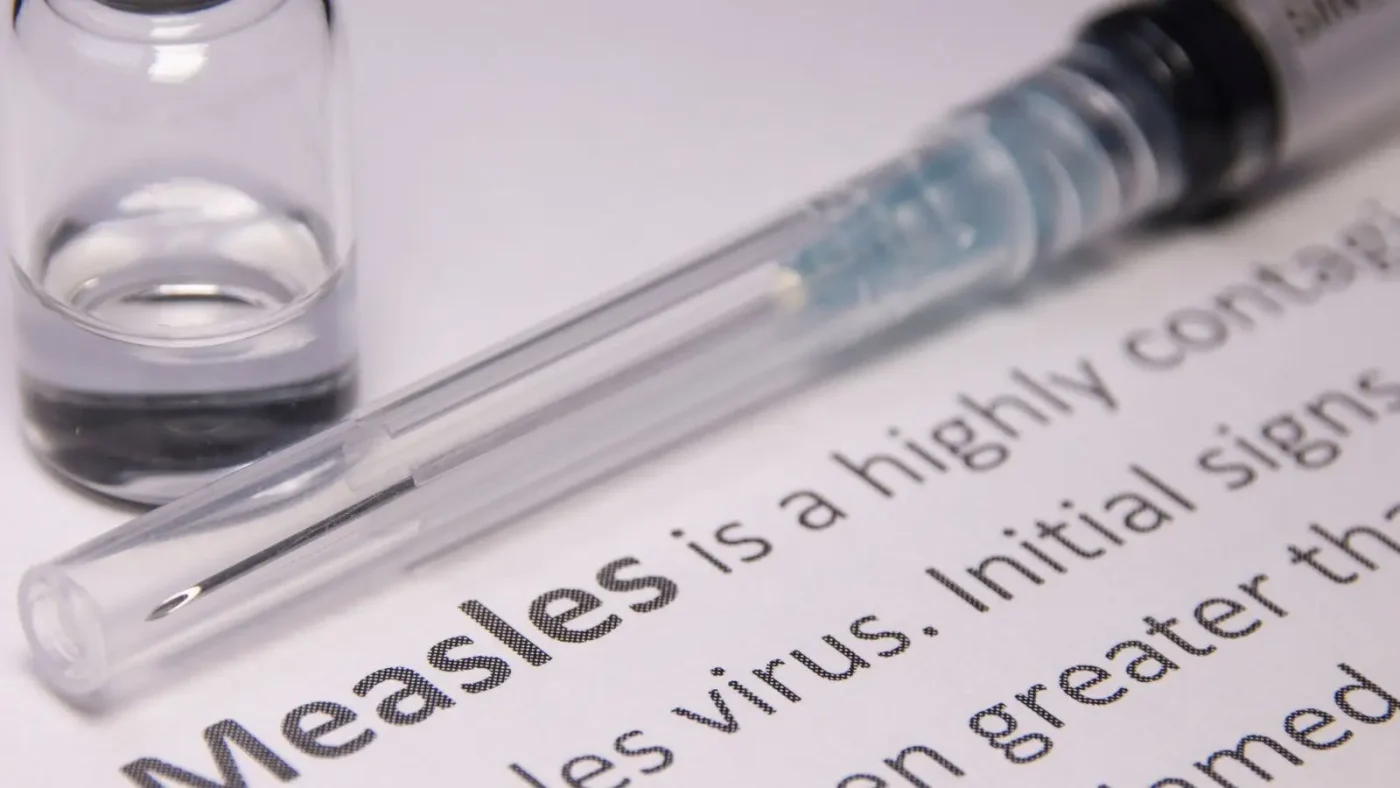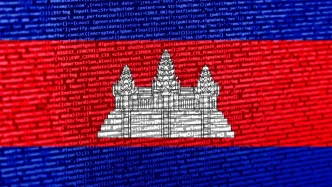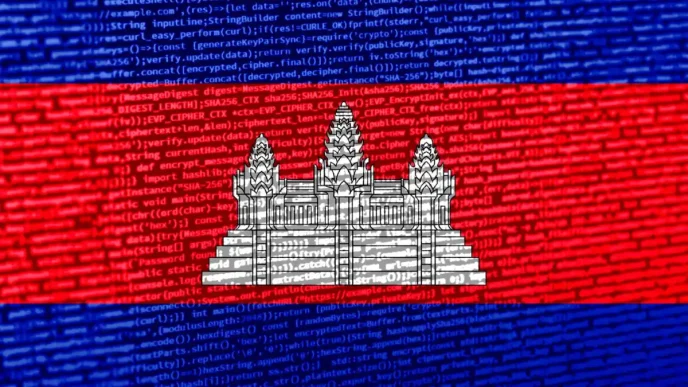A troubling resurgence of measles across East Asia and the Pacific has prompted urgent warnings from global health authorities, with the World Health Organization (WHO) describing the spike as a “dangerous comeback” of vaccine-preventable diseases. In countries like the Philippines, Cambodia, Mongolia, and Vietnam, cases have soared to their highest levels since the onset of the Covid-19 pandemic in 2020, exposing critical gaps in immunization coverage that leave millions of children vulnerable.
A Regional Health Crisis Unfolds
The WHO’s Western Pacific Regional Office reported on May 29, 2025, a dramatic increase in measles cases across the region compared to the previous year. The Philippines, one of the hardest-hit nations, recorded 2,068 measles cases and 50 rubella cases between January 1 and May 10, according to the Department of Health (DOH). This marks an 8 percent rise from the same period in 2024, with densely populated areas like the National Capital Region reporting the highest numbers at 642 cases, followed by Calabarzon with 289.
While the case fatality rate has slightly declined to 0.42 percent from 0.46 percent last year, the overall trend remains alarming. Health experts warn that these figures are just the tip of the iceberg, as many cases in remote or underserved communities likely go unreported. “The alarming rise in measles cases is a wake-up call” said Dr. Saia Ma’u Piukala, WHO Regional Director for the Western Pacific, highlighting the plight of children who have never received even a single dose of the vaccine.
Vietnam and Cambodia are also grappling with significant increases, though specific figures for these countries were not detailed in the latest WHO update. Mongolia, too, has seen a sharp uptick, underscoring a regional challenge that transcends national borders. The highly contagious nature of measles—spread through respiratory droplets—means that unvaccinated populations can quickly fuel outbreaks, putting entire communities at risk.
Root Causes: Gaps in Coverage and Misinformation
At the heart of this resurgence are systemic failures in immunization programs, compounded by delays in care and persistent misinformation. The WHO and the United Nations Children’s Fund (Unicef) have pointed to a combination of factors, including children missed by routine vaccination drives, inadequate access in underserved areas, and vaccine hesitancy driven by distrust or false information. “We’re not just seeing a spike in disease, we’re seeing a signal that the systems meant to protect children are faltering” said June Kunugi, Unicef’s Regional Director for East Asia and the Pacific.
In the Philippines, the DOH revealed that only 64.85 percent of the 2.4 million children under one year old were fully immunized as of February 2025. This falls far short of the 95 percent threshold needed for herd immunity, which prevents the spread of diseases even among unvaccinated individuals. The shortfall is particularly stark in rural and conflict-affected areas, where healthcare infrastructure is often limited or disrupted.
Misinformation, a lingering issue since the Dengvaxia vaccine controversy in the Philippines in 2017, continues to undermine public confidence. That incident, where a dengue vaccine was linked to adverse effects, fueled widespread skepticism about immunization programs, with ripple effects felt across the region. Coupled with the disruptions caused by the Covid-19 pandemic—during which routine vaccinations were deprioritized in many areas—the stage was set for diseases like measles to rebound.
Localized Successes Amidst Broader Challenges
Amid the grim regional outlook, there are glimmers of hope in targeted interventions. In the Bangsamoro Autonomous Region in Muslim Mindanao (BARMM), a measles outbreak last year prompted a robust response. The DOH, under directives from President Ferdinand Marcos Jr., launched a Measles Outbreak Response Immunization (MORI) campaign, vaccinating over 1.2 million individuals. As a result, cases in BARMM plummeted by 90 percent, from 1,179 in early 2024 to just 121 in the same period this year.
“Last year, President Marcos told me to solve the measles outbreak in BARMM. With the strong cooperation of our Bangsamoro brothers and sisters, we vaccinated 1,203,497 individuals” said Health Secretary Teodoro Herbosa. He emphasized the need for such efforts to become routine rather than reactive, a sentiment echoed by health advocates across the region.
Similar success has been seen in addressing other vaccine-preventable diseases. Pertussis cases in the Philippines dropped dramatically from 2,968 in early 2024 to just 200 in the same period of 2025, thanks to intensified nationwide vaccination drives. Programs like “Bakuna BayaniJuan: Big Catch-up Immunization,” launched in the National Capital Region late last year, vaccinated nearly 1.8 million individuals, while school-based initiatives reached 3.8 million students nationwide.
The Broader Policy Implications
The measles surge raises critical questions about the sustainability of public health systems in East Asia, particularly in nations with strained resources or complex socio-political landscapes. In Vietnam, where the government has historically prioritized mass immunization through state-led campaigns, recent increases suggest that even well-established systems are not immune to backsliding. The Vietnam Fatherland Front, a key political coalition, has often supported health outreach, yet rural areas remain underserved due to logistical challenges.
Cambodia faces similar issues, with its eastern and northwestern regions—home to remote communities near Siem Reap and Sihanoukville—struggling to maintain consistent vaccination coverage. Conflict and displacement in areas like Myanmar’s Rakhine and Shan states further complicate efforts, as health workers face security risks and disrupted supply chains. While not directly mentioned in the WHO’s latest report, these dynamics underscore the interconnected nature of public health challenges in the region.
Economically, the cost of outbreaks is staggering. Treating measles and its complications, such as pneumonia or encephalitis, places a significant burden on national budgets. In the Philippines, for instance, the DOH estimates that emergency response campaigns, while effective, divert funds from preventive care. A single catch-up vaccination drive can cost millions of pesos, with recent efforts in 2024 totaling over 100 million PHP (US$1.7 million) in the National Capital Region alone, based on government disclosures.
Global Context and Regional Responsibility
The timing of this crisis is particularly poignant, coming just a month after World Immunization Week in April 2025, during which the DOH and other regional health bodies conducted mass vaccination drives targeting children aged 0 to 12 months. Under the Philippines’ National Immunization Program, free vaccines are provided for 12 fatal diseases, including measles, rubella, polio, and hepatitis B. Yet, the gap between policy and implementation remains wide, with only a fraction of eligible children reached in time.
Globally, the East Asia and Pacific region’s struggles mirror trends in other parts of the world where vaccine-preventable diseases are re-emerging. The WHO has repeatedly stressed that measles is often a “canary in the coal mine” for broader immunization failures—if coverage slips for measles, other diseases like diphtheria or pertussis are likely to follow. This pattern has been observed in parts of Africa and South Asia, where conflict, poverty, and misinformation have similarly eroded progress.
For regional leaders, the current crisis presents both a challenge and an opportunity. Collaborative efforts, such as those supported by Unicef and the WHO, could help standardize vaccination protocols and share resources across borders. The Association of Southeast Asian Nations (ASEAN), which includes most affected countries, has a history of joint health initiatives, though implementation varies widely due to differing national capacities.
Looking Ahead: A Call for Sustained Action
As East Asia battles this measles resurgence, the path forward hinges on addressing systemic weaknesses with urgency and precision. Health Secretary Herbosa’s call for vaccinations to be conducted “faster, higher, stronger, and together” encapsulates the scale of ambition needed, but translating rhetoric into results will require more than temporary campaigns. Permanent improvements in healthcare access, public education to combat misinformation, and investment in cold chain logistics for vaccine storage are essential steps.
For now, the region’s children remain on the frontline of this preventable crisis. With cases continuing to climb, the question looms: will this “wake-up call” spur lasting reform, or will it fade into the cycle of emergency and neglect that has too often defined public health responses? The answer lies in the hands of policymakers, communities, and international partners working in unison to protect the most vulnerable.
















